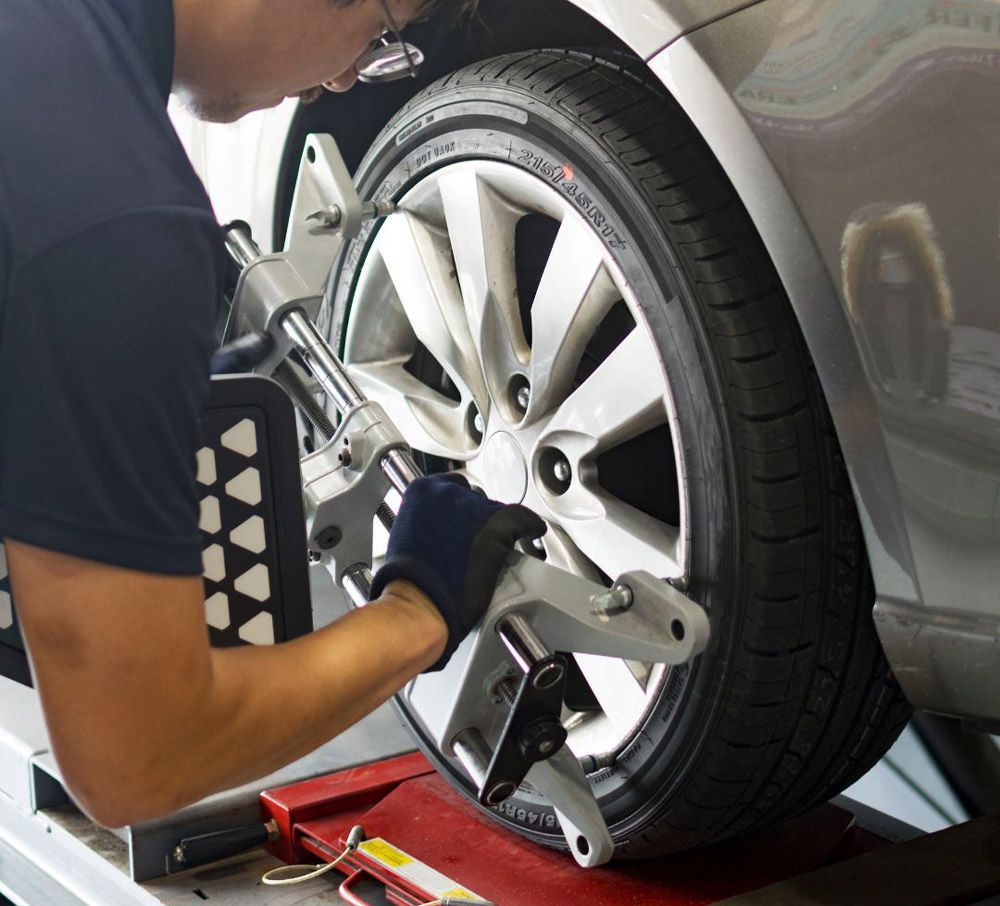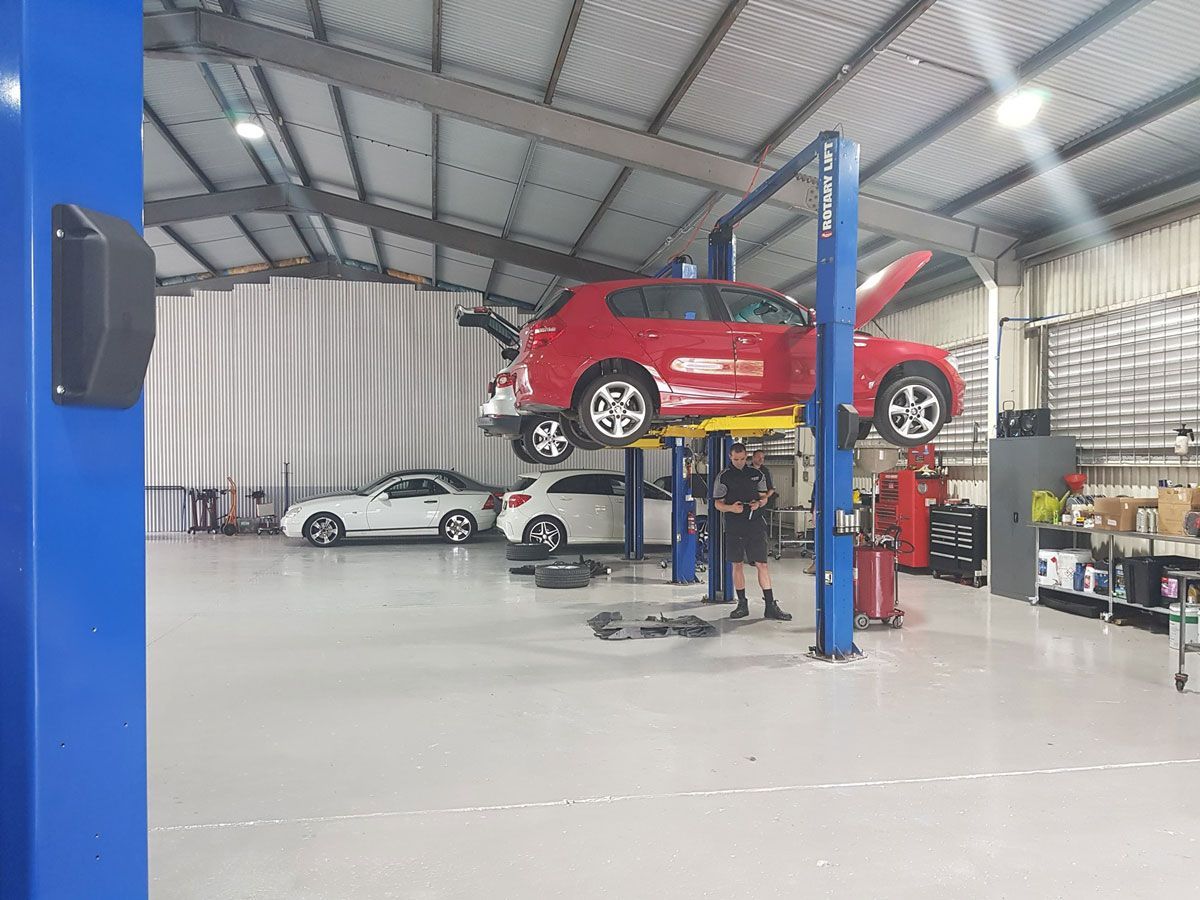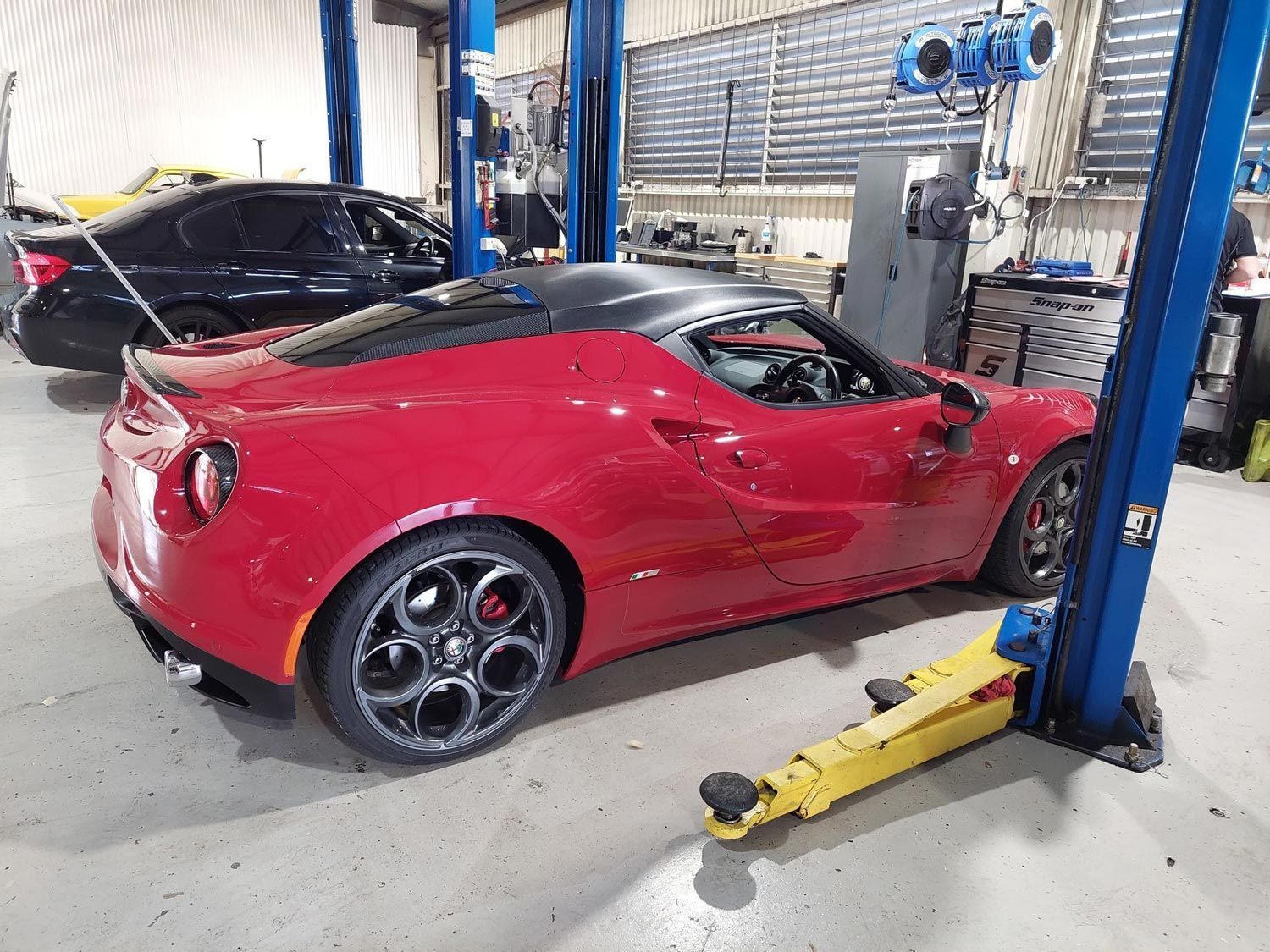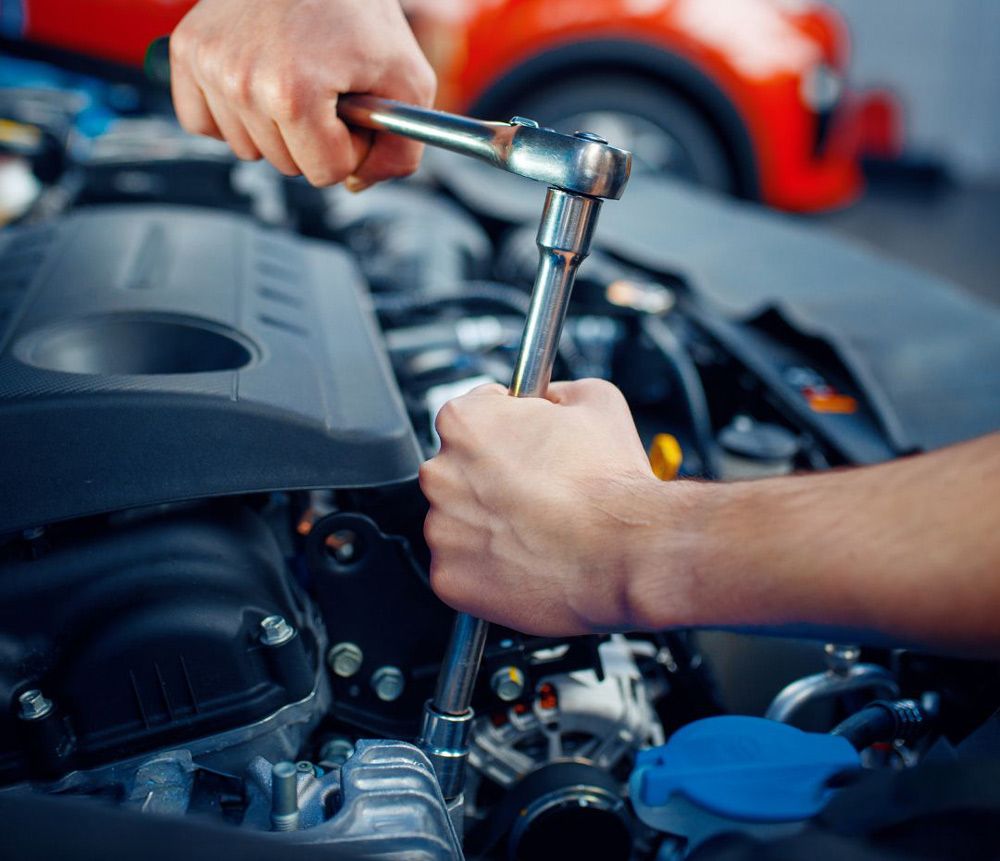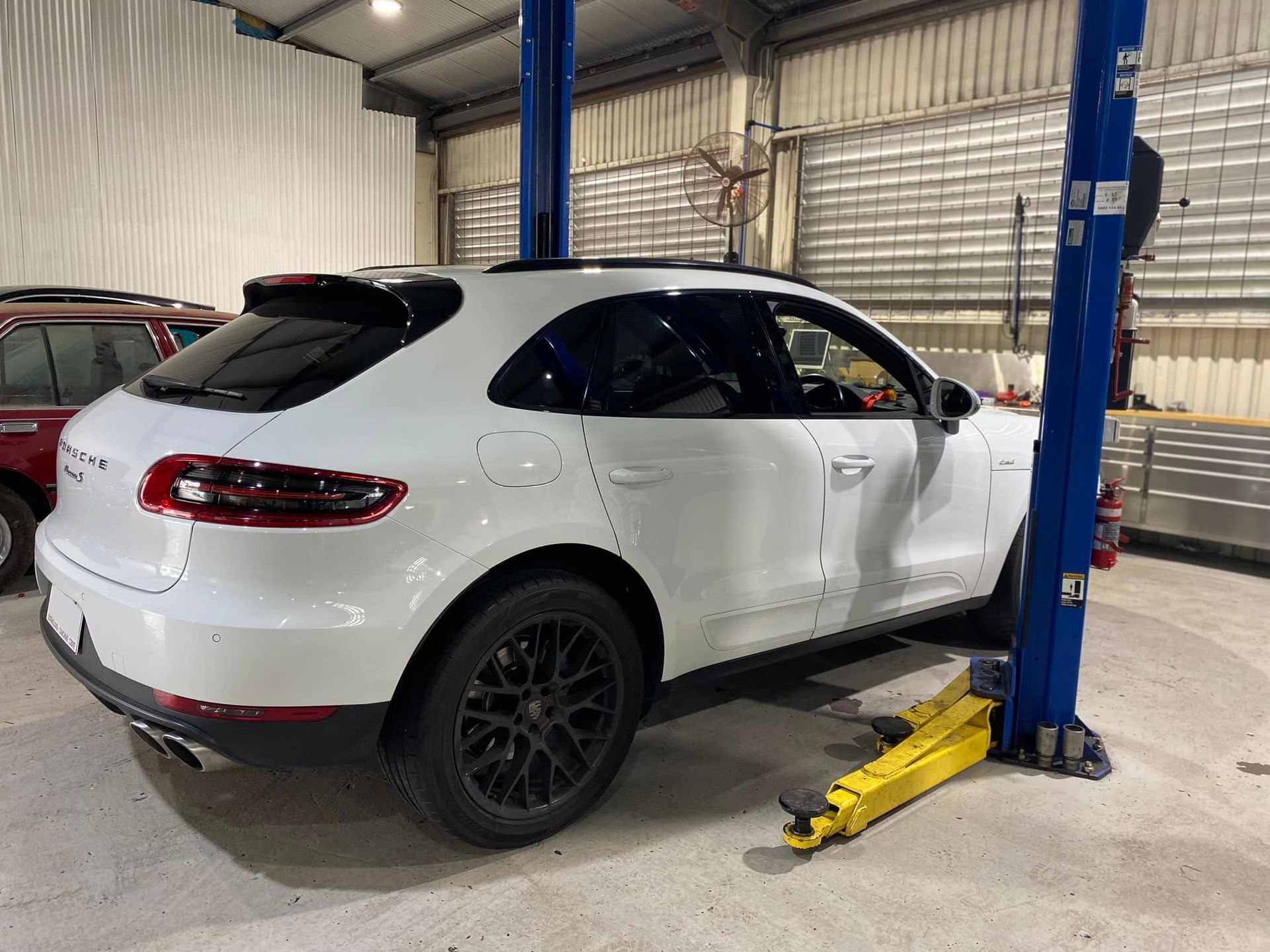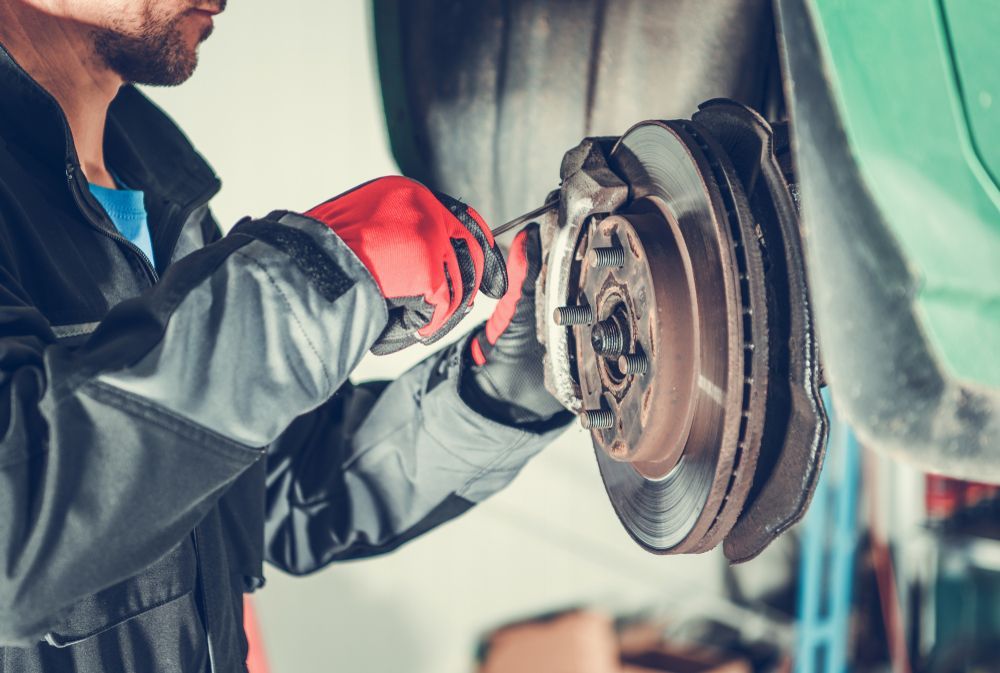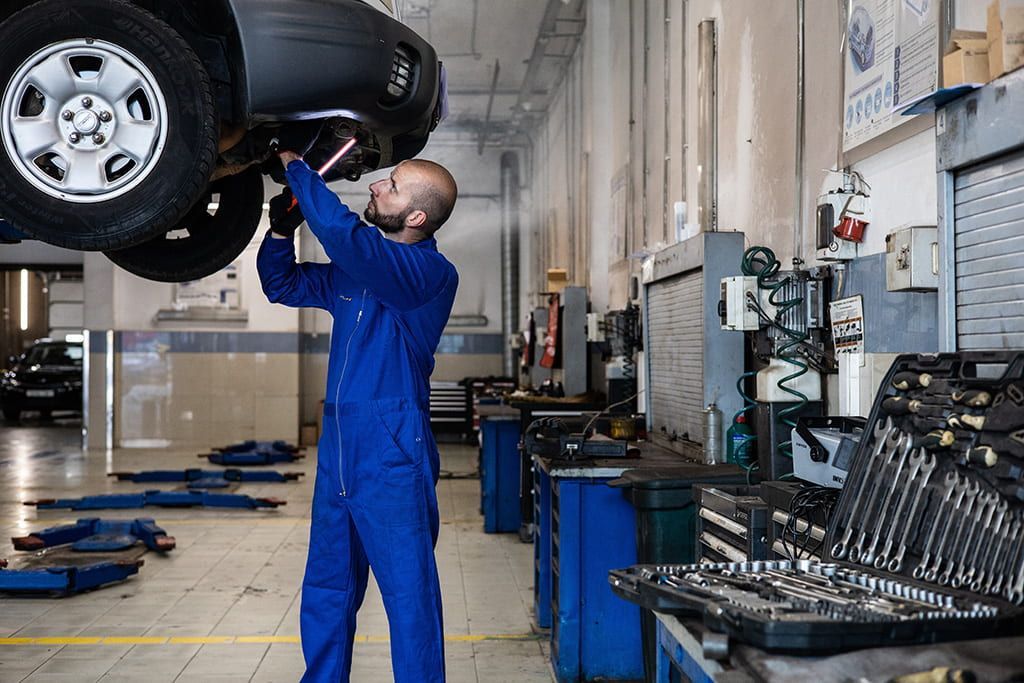Read Our Blog
Your Trusted Sunshine Coast Autocare Partner
At SVS Autocare, we understand the importance of keeping your European and Prestige Vehicles in excellent working condition. Our team of experts offer comprehensive mechanical and auto electrical services right here on the Sunshine Coast, ensuring your car receives the care it deserves.
Dive into our blog for insightful articles packed with valuable maintenance tips, industry updates, and how-tos that empower you as a vehicle owner. If you're looking for friendly advice or professional assistance, don't hesitate to call us on (07) 5456 4859.

